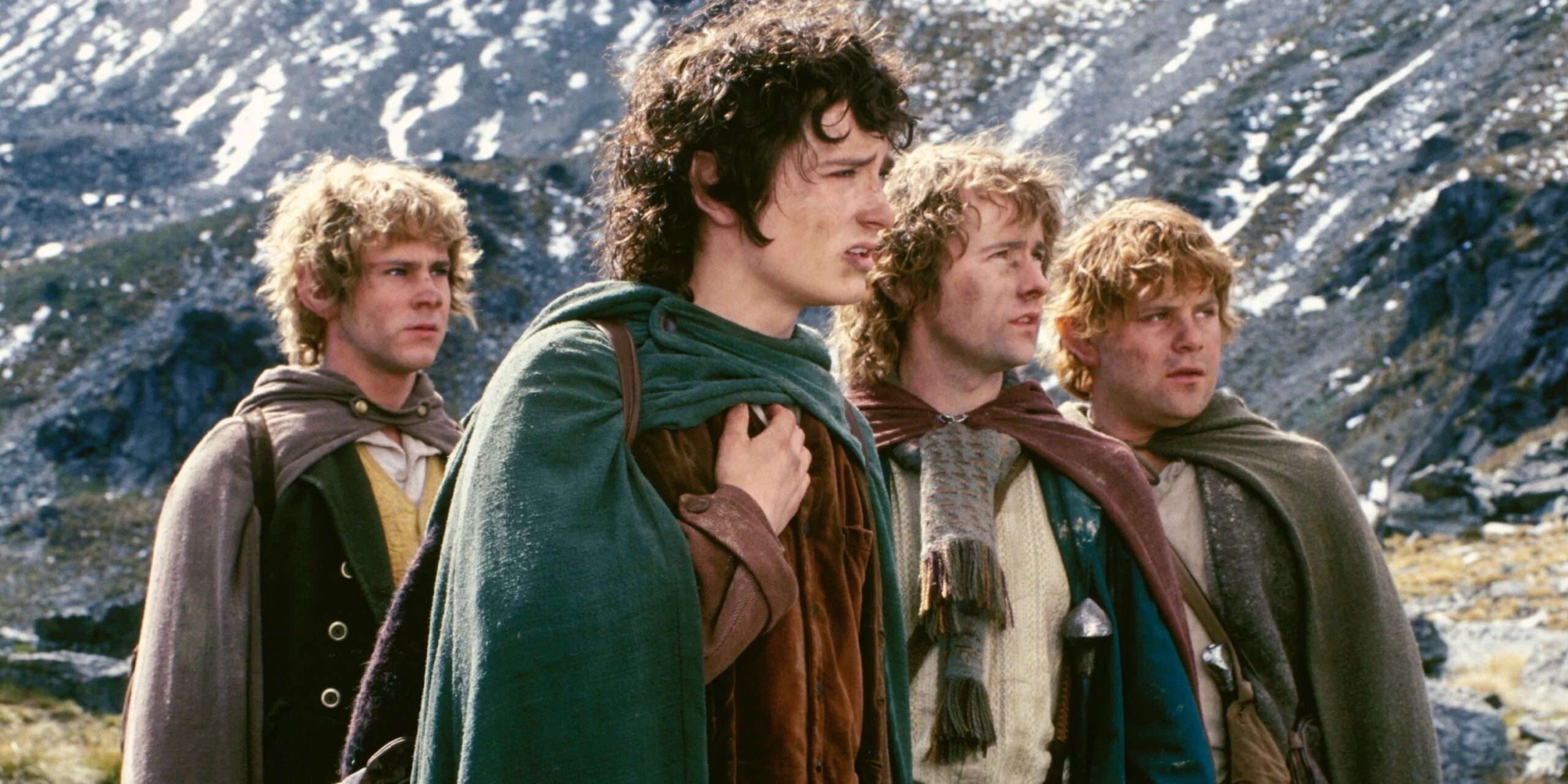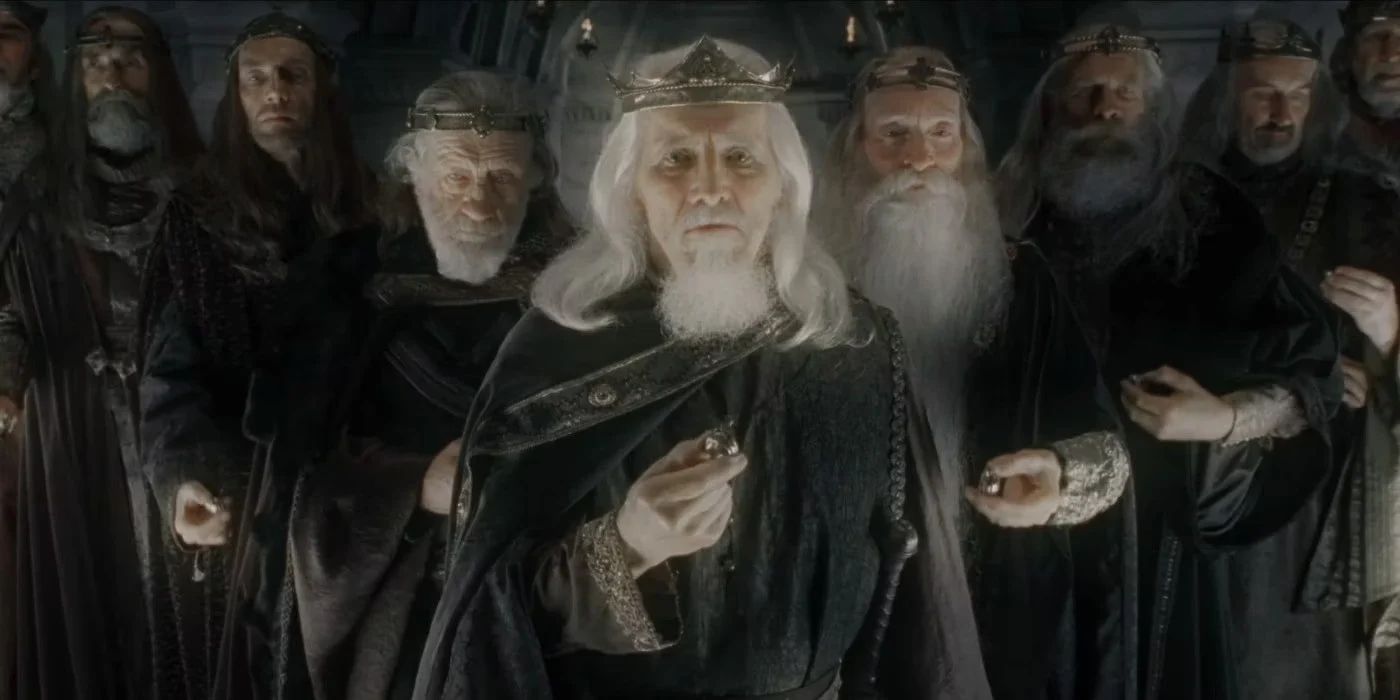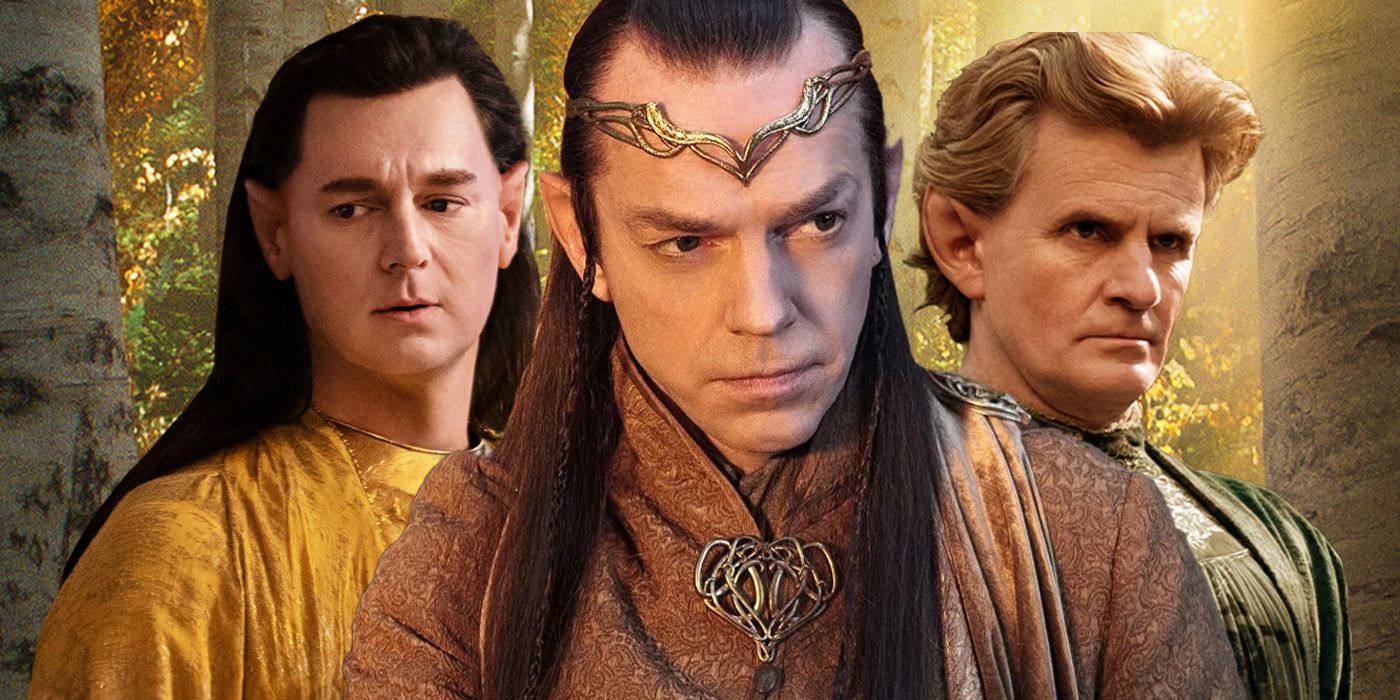“The world is changing. I feel it in the water. I feel it in the earth. I smell it in the air.” All who read these words do so in Galadriel’s (Cate Blanchett) voice as she opens the prologue in The Lord of the Rings: The Fellowship of the Ring, perhaps the most iconic introduction in any movie. It’s so good that most people often forget that it’s actually a seven-minute scene made up solely of exposition, as the events Galadriel narrates unravel on screen. It perfectly introduces Middle-earth and the history leading up to the events of the movie, and became a sort of “template” for how a proper prologue should be made. And still, nowadays, such a long introduction to any movie would be unthinkable. This one almost didn’t exist, either, because the concept itself already seems ludicrous. Thank the Valar, however, Peter Jackson fought for it.
The Prologue Was the Very Last Thing Peter Jackson Added to ‘The Fellowship of the Ring’
The prologue of The Fellowship of the Ring is so iconic, it’s easy to forget that J.R.R. Tolkien starts the books in a completely different way. The whole retelling of the events of the Second Age is left mostly to Appendix B of the book, like the forging of the Rings of Power and the War of the Last Alliance, and Bilbo (Ian Holm) finding the One Ring is actually narrated in detail in The Hobbit. Tolkien doesn’t detail any of those in the main story. Instead, The Lord of the Rings opens with the iconic “One Ring to rule them all” poem. After that, it quickly turns into a description of the Shire as Bilbo “eleventy-first” birthday approaches.
A movie is not a book, however, and Middle-earth is as vast as its history, so New Line felt that adapting The Lord of the Rings to the big screen required a prologue to get even viewers who were unfamiliar with the whole story up to speed. It’s true that many story elements in the introduction could have been picked up during the movie, like Elrond’s (Hugo Weaving) part in the War of the Last Alliance and Gollum’s (Andy Serkis) tie to the One Ring, but there was no way for the audience to fully grasp the urgency of destroying it without first contextualizing the whole thing right away, especially seeing that, without the prologue, The Fellowship of the Ring would start with Gandalf (Ian McKellen) arriving in the Shire. At first, Jackson himself didn’t intend on having a prologue at all, and, although the studio was ultimately right to insist on one, that proved to be a major headache for him. Other people were against it, too, like McKellen.
The prologue is around seven minutes long, but New Line initially asked for a two-minute sequence. With everything we know about the history of the One Ring, it’s impossible to condense it into such a short introduction. It was such a problem that Peter Jackson left it to be the very last thing to deal with when wrapping production on The Fellowship of the Ring. Instead of two minutes, he made the seven-minute version we know, and even considered cutting it from the movie entirely. Surprisingly, it was New Line that urged him to keep it. It’s such a well-made and meaningful introduction to Middle-earth, that it’s now impossible to imagine The Lord of the Rings without it. So how did Jackson do it?
The Prologue Follows a Three-Act Structure With the One Ring as the Main Character
When Amazon’s The Lord of the Rings: The Rings of Power first came out, some fans quickly used to explain its scope as “the prologue of the movies.” We know it’s more complex, but this shows just how much information Peter Jackson had to somehow condense into a brief introduction. He nailed it, but someone else would probably have failed miserably at that task. His merit lies in looking at the prologue as a miniature film, with the One Ring as its protagonist. It isn’t about the history of Middle-earth or individual events that make a whole all-encompassing context until the beginning of the movie, but simply the how, when, and why surrounding the journey of the One Ring until the beginning of the movie.
This being a story in itself, the best way forward is to use a classical three-act structure, and that’s what the prologue of The Fellowship of the Ring does, including even a plot twist. Galadriel begins by explaining why this story is important (“The world is changed,” and “much that once was is lost”) and contextualizing the forging of the Rings of Power and the One by Sauron, as well as the evil it unleashed. In the second act, the One Ring’s “character” is further developed, with the War of the Last Alliance showing how it came into Isildur’s (Harry Sinclair) possession and how it ultimately betrayed him to escape. Finally, in the third act, the Ring is found by Sméagol (Serkis), and enslaves him until the time is right to abandon him and try to get back to Sauron, who was regaining his strength in Mordor. The whole thing ends on a high note: the Ring was found by the one being it couldn’t corrupt, a Hobbit, and was later taken to the Shire instead of Mordor. Now the audience knows everything they need to begin, including that the Ring’s master is looking for it.
That’s as simple a story as could be told concerning the history of the One Ring until the beginning of The Fellowship of the Ring. Still, until arriving at the final version, many things that could be featured in the sequence were considered, like Gil-galad’s (Mark Ferguson) death and his fight against Sauron beside Elendil (Peter McKenzie). As awesome as those would have been to see, though, they are not really that relevant when it comes to the One Ring itself, so not featuring them was for the best. We will probably get them when The Rings of Power reaches its end, after all. But there were still other things about it that were almost very different.
The Prologue Could Have Been Very Different From the Final Version in ‘The Fellowship of the Ring’
Besides what should be featured in the prologue, another important thing was what exactly should be changed from the original lore around what was indeed featured. For example, the famous “The world is changing” line isn’t Galadriel’s in the books, but is actually said by Treebeard (John Rhys-Davies). The War of the Last Alliance raged for more than a decade and included many battles. The final one alone took seven years, and isn’t on the slopes of Mount Doom, but actually at Sauron’s fortress of Barad-dûr. The sword Narsil isn’t broken by Sauron stomping it, but actually under Elendil’s own weight when he falls from his horse. And Isildur himself isn’t the only son of Elendil — his brother Anarion, who dies at Barad-dûr, was completely cut.
Another aspect was the narration itself. At different points, Frodo (Elijah Wood) and Gandalf were considered for the role, but Jackson ultimately decided against both of them, given how they weren’t present for any of the events that take place in the prologue. Ultimately, he settled on Galadriel, thus nodding at the Elves’ timelessness and wisdom, as well as the role they play in these events. It also makes sense that Galadriel was chosen over Elrond, for example, as she is known to be among the wisest and oldest Elves in Middle-earth. In 2004, the video game The Lord of the Rings: The Third Age came out, featuring an alternative version of the prologue narrated by Gandalf, giving an idea of how it would have sounded in theaters. As incredible as he is, though, Galadriel’s narration still sounds better — just look at how each of them says, “But they were all of them deceived.”


